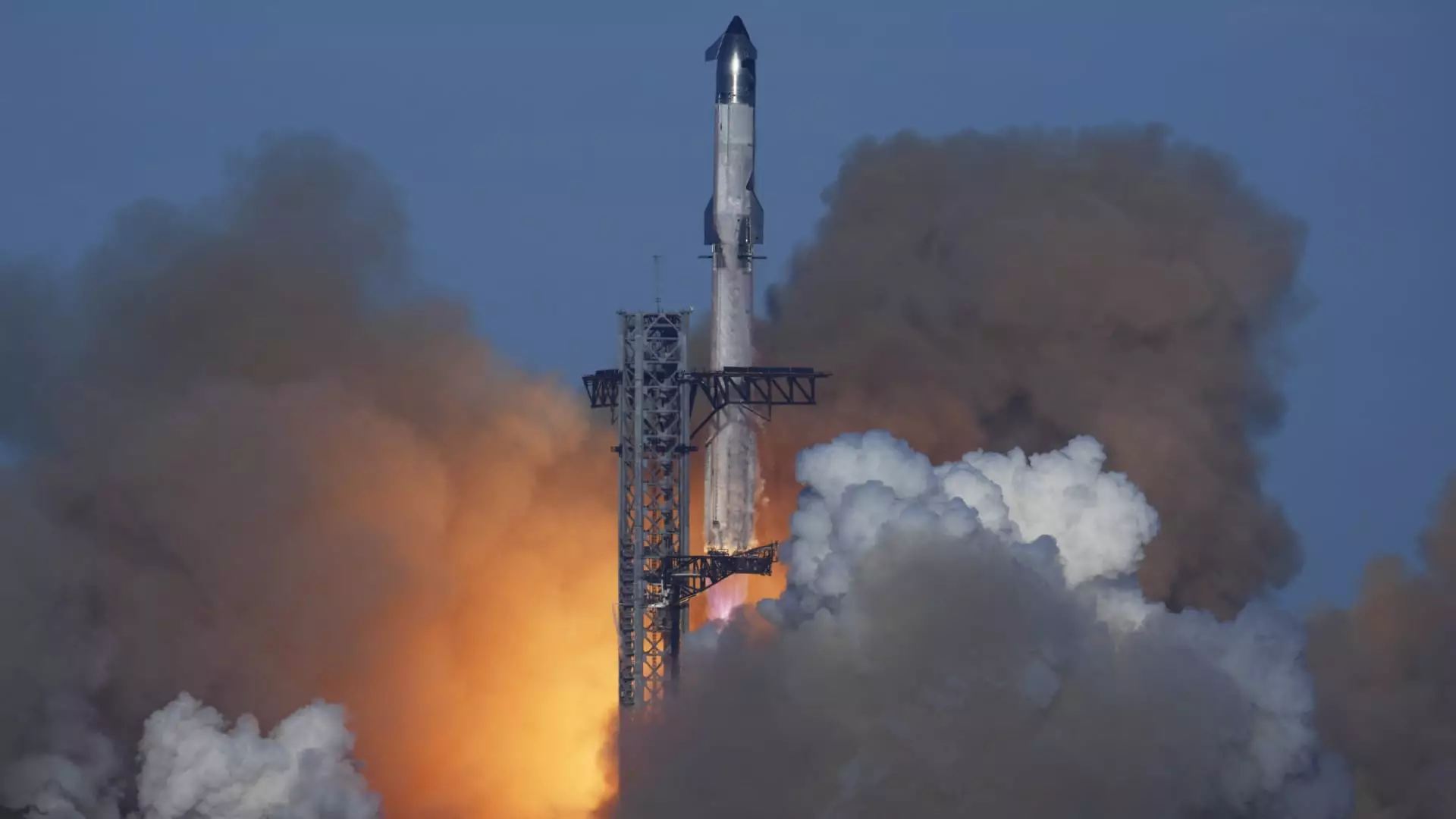On Friday, the Federal Aviation Administration (FAA) announced that SpaceX’s Starship rocket is officially grounded pending a thorough investigation following the rocket’s midflight failure during a recent test flight. This incident has had significant ramifications, including disruptions in commercial airline operations, particularly affecting airlines such as American Airlines, JetBlue Airways, and Delta Air Lines. The FAA’s stringent response underscores the necessity of regulatory oversight in the rapidly advancing space industry, especially when public safety is at stake.
The FAA’s revelation of the ground stop illustrates the broader implications of space flight operations on commercial aviation. The diversion of numerous airline flights because of the debris from the Starship explosion shows a critical intersection between air travel and space exploration. Fortunately, the FAA has indicated that, at least, no injuries were reported among the public. However, the agency has acknowledged damage to public property, particularly in the Turks and Caicos Islands. This highlights an essential aspect of both aerospace operations and public safety, where the failure of a high-profile launch has consequences beyond the immediate vicinity of the launch site.
To resume operations, SpaceX will need to complete an investigation into the specifics of the failure, including identifying the underlying cause that led to the midflight explosion. The FAA has made it clear that no new launch license will be granted until SpaceX implements any necessary corrective measures. This regulatory caution is vital in ensuring that lessons are learned from such failures, emphasizing that the road to more routine spaceflight must be paved with a commitment to safety and accountability.
Adding further complications to the narrative, SpaceX’s early communications depicted a somewhat contradictory perspective regarding the debris fallout. Initially, the firm asserted that debris had landed safely within predefined hazard zones, a position that seemed to be in direct conflict with the FAA’s description of activating a “Debris Response Area” to caution aircraft about potential hazards. While SpaceX later adjusted this statement, it raises substantial concerns about the clarity and consistency of communication in the aftermath of critical incidents.
In the modern age of real-time information, social media has become a powerful tool for disseminating news. Amateur footage of the Starship explosion circulated widely online, shaping public perception and dialogue about the event. Such visibility brings both attention and scrutiny, as the space industry is under increasing pressure to maintain public trust while pushing the envelope of technology and exploration. The aerospace industry must now address not only the technical failures but also the communication challenges that accompany them.
As SpaceX navigates this incident, it serves as a reminder of the complexities inherent in space exploration. The balance between innovation and safety is a delicate one, and the FAA’s intervention highlights the necessity of meticulous regulatory frameworks to protect public interests. Moving forward, it will be crucial for both the aerospace industry and regulatory bodies to foster an atmosphere of transparency and trust, ensuring that the ambitious pursuits of space travel can progress without jeopardizing public safety.

